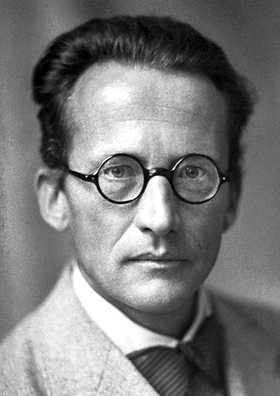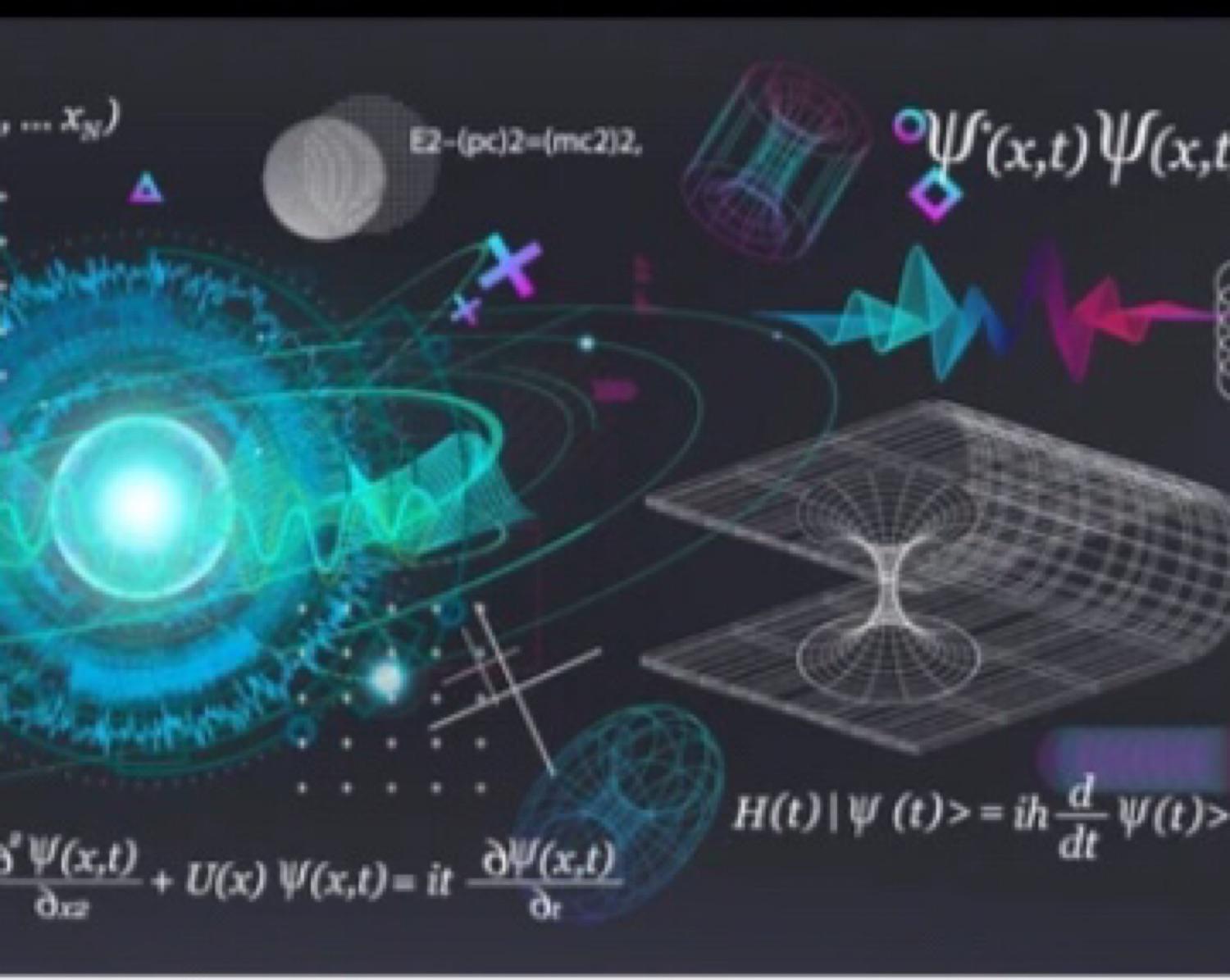Erwin Schrödinger proposed a paradox
Erwin Schrödinger was a Nobel prize-winning physicist. Schrödinger proposed a paradox in 1935 to illustrate a point in quantum mechanics about the nature of wave particles.
At the center of quantum theory is the idea of a wave function. A wave-function describes all the possible states subatomic particles can have, including energy, momentum, and position. A wave-function for a particle reveals there is some probability that it can be in any allowed position. However, you can only know the position by observing it. Without observation, you have to say that it can be doing any of the things, even if the probability is small.
145
1.11K reads
CURATED FROM
IDEAS CURATED BY
The idea is part of this collection:
Learn more about personaldevelopment with this collection
How to ask open-ended questions
How to avoid awkward silences
How to show interest in others
Related collections
Similar ideas to Erwin Schrödinger proposed a paradox
Quantum Mechanics
In quantum mechanics, particles do not possess well-defined positions and speeds. Rather, these values are represented by something called a wave function.
A wave function is a set of numbers, each one representing a different point of space. The size of the wave function ...
Dualities
Duality is a closely related idea to symmetry. Wave-particle duality has been around since the beginning of quantum mechanics. But newfound dualities have shown interesting relationships. For example, a three-dimensional world without gravity can be mathematically equivalent to a fou...
Read & Learn
20x Faster
without
deepstash
with
deepstash
with
deepstash
Personalized microlearning
—
100+ Learning Journeys
—
Access to 200,000+ ideas
—
Access to the mobile app
—
Unlimited idea saving
—
—
Unlimited history
—
—
Unlimited listening to ideas
—
—
Downloading & offline access
—
—
Supercharge your mind with one idea per day
Enter your email and spend 1 minute every day to learn something new.
I agree to receive email updates

